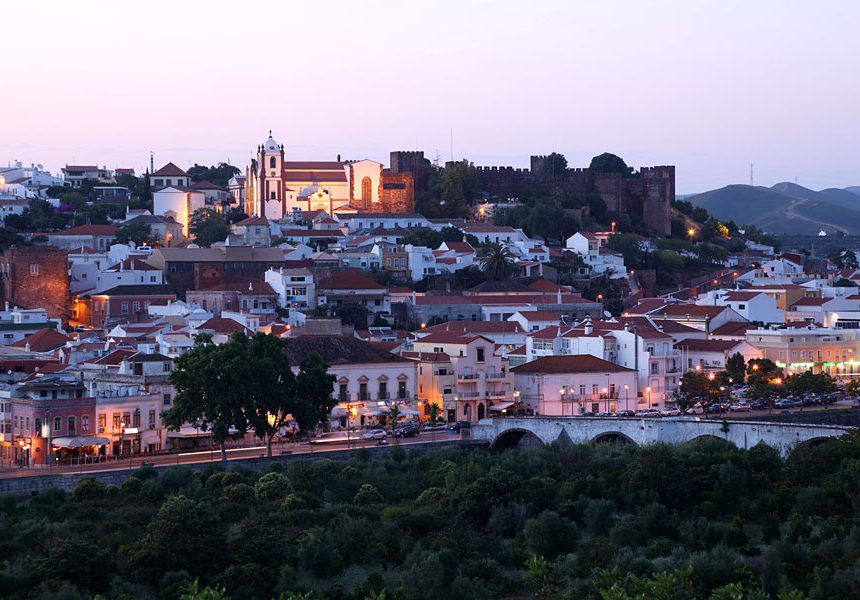
Silves, nestled on the banks of the River Arade, is a picturesque town rich in history. The river, once a vital link between the hinterland and the coast, still shapes the town’s character. Built atop the vast Querenca-Silves aquifer, one of southern Portugal’s largest underground water sources, Silves features remnants of its Moorish past, including the medina-style gate, Porta de Loule, and sections of ancient poured concrete walls.
Inhabited since Paleolithic times, Silves saw its zenith after the Moorish invasion of the Iberian Peninsula in 713. By the tenth century, it had become the capital of Al-Gharb, now known as the Algarve. However, its history was marked by turmoil, including its recapture by King Sancho I in 1189 and eventual surrender to the Christians in 1249.
Today, Silves charms visitors with its quaint streets, inviting cafes, and fragrant orange groves. Dominating the skyline is the remarkably preserved Moorish Fortaleza, boasting extensive sandstone walls and detached towers across its sprawling twelve thousand square meters. Within its walls lie Iron Age remnants, a governor’s palace, and the hauntingly beautiful Cisterna Grande, a thirteenth-century water cistern rumored to be visited by the ghost of a Moorish maiden. Visitors can also explore a recently restored Moorish-style garden within the Fortaleza, offering breathtaking views of the town and its picturesque surroundings.
Below the Fortaleza sits Silves Cathedral, or Sé, built on the site of a former grand mosque. Despite enduring the ravages of the great earthquake of 1755 and years of decay, the cathedral still retains traces of its original grandeur, with Gothic towers flanking its facade. Adorning its walls are the tombs of bishops and crusaders who played pivotal roles in Silves’ history. Across from the cathedral stands the Igreja da Misericordia, an architectural gem from the eighteenth century.
A notable landmark in Silves is the Fabrica do Ingles, a former cork factory transformed into a cultural hub housing museums, bars, cafes, and fountains. This area comes alive in August during the town’s annual beer festival. Additionally, visitors can explore the vibrant riverfront market, held near a narrow thirteenth-century bridge, every morning from Monday to Saturday.



